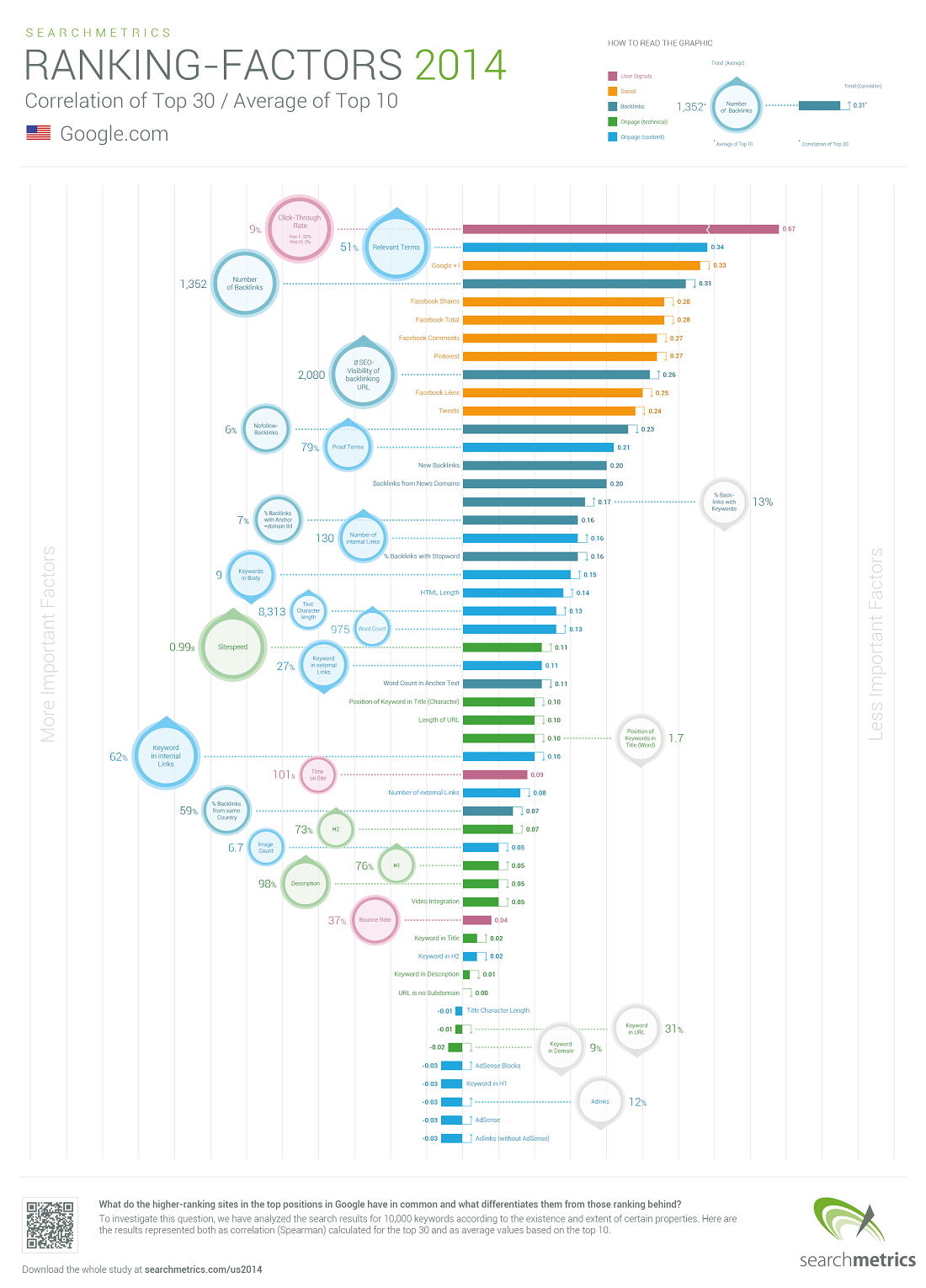In just about every other industry, there is a well-known fact. In automotive, for whatever reason companies have promoted a false idea and many dealers have accepted it as truth. It’s not, but you don’t have to take my word for it.
The fallacy in question is that offsite signals are no longer a part of SEO. The vast majority of companies, whether it’s website providers, ad agencies, or SEO companies themselves, focus on the concept that a dealership’s SEO surrounds the words that they put on their website. It comes in many forms – building more pages, adjusting keywords in content or meta tags, technical components like pagespeed or Schema.org… the list goes on and on.
All of these have a place. Unfortunately for most dealers (though fortunately for those who are doing it right), these components are so minimal in their scope of driving more traffic through improved organic search rankings that at best the dealership website is getting 40% of the potential SEO juice.
Google Ranking Algorithm Factors
Let’s take a quick look at an infographic produced by SearchMetrics that breaks down last year’s Google ranking algorithm factors in order of importance. Then, we’ll discuss how this can affect your dealership.
As you can see, the most important factor is click-through rate. This speaks to the importance of relevancy as well as having a compelling title tag to appear is search results rather than one that is purely designed for ranking reasons. That’s a big mistakes that many companies make, especially those who have a singular focus of SEO.
The second factor is the one that pretty much everyone uses as their primary (only?) variation of a tactic for automotive SEO. It’s called “relevant terms” in the graphic. In essence, it’s about making sure that the keywords you’re going after with the content on the website matches the relevance of the website itself. For example, if a shoe company wrote an article on their website about how to brew a great cup of coffee, chances are it would have a harder time ranking for coffee terms since the majority of the website talks about shoes.
A Deep Dive into Dealer Websites
Here’s the thing about car dealer websites. Relevancy is never an issue. No other industry puts as much effort into making sure that their website is relevant than the car business. In fact, we don’t branch out enough with supporting content, localized content, or even “fun” content.
Dealers will ask us after a month or two why we haven’t done much to change their website. In most cases, we don’t have to, not early on at least. Domain authority and offsite signals are by far the most important components that are missing from dealership website optimization, which is why we always start there. You can tinker with the content for the entire allotted time in a given month and see little or no increase in traffic or improvement in rankings because this second factor, the relevancy, is never an issue.
I don’t want to downplay the importance too much here. In an ideal content marketing and SEO strategy, the content on the site is adjusted and added to regularly. However, it’s not the low hanging fruit for the first couple of months. The low-hanging fruit can be found in the following 10 ranking factors, #3-13 on the list. They all have to do with social signals and inbound links.
The Low-Hanging Fruit
This is the low-hanging fruit. It’s what dealerships aren’t doing. It’s what their competitors aren’t doing. It’s what the majority of SEO products don’t do right if at all. It’s the instant-impact set of factors that begin all of our SEO efforts for our clients.
Some may ask why this is the case. Why don’t more vendors focus on these important areas? The answer is two-fold. First, many of them were burnt by the Penguin algorithm update that devalued and even penalized low value inbound links. Google went after spam, not links as a whole. However, vendors lumped links all in together and called them all bad. Some are starting to come around; we even saw a couple of major website providers pushing the idea of link-building. Neither were very good strategies, but they sound good in pitches.
The second reason is due to the mentality of the industry itself from a vendor perspective. Dealers are very demanding and rightfully so. As a result, the tangible onsite SEO plays better for them. It makes them happy to see activity on their websites whether it’s making an impact or not, so vendors approached it as an easy way to prove that they’re doing work rather than relying on the results.
The industry is ready for real SEO. Other industries have already embraced it. Now, the car business needs a better SEO product and we’re giving it to them.
This post may contain affiliate links. Meaning a commission is given should you decide to make a purchase through these links, at no cost to you. All products shown are researched and tested to give an accurate review for you.


